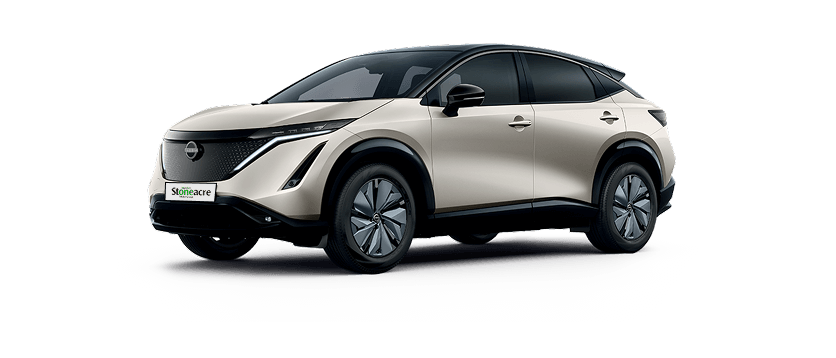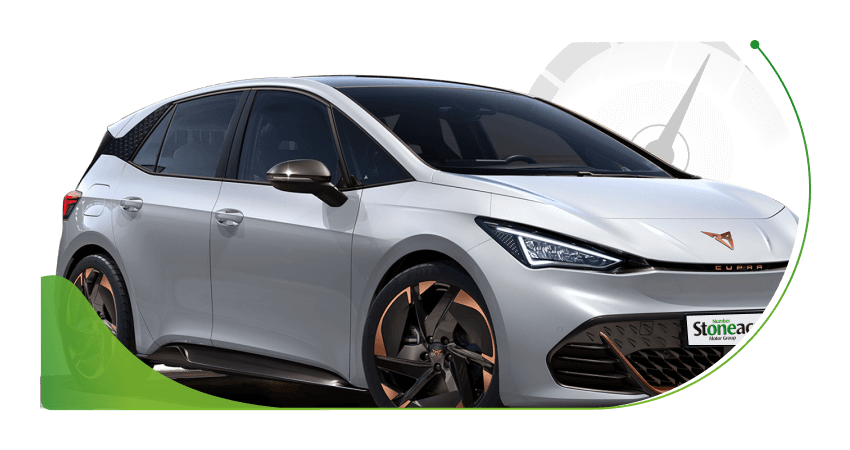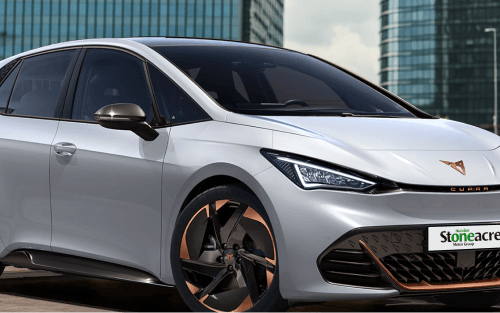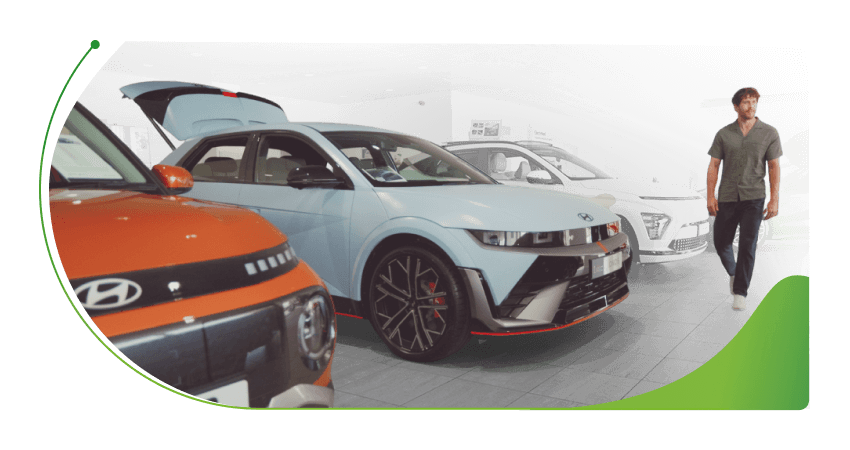
As one of the most popular choices when it comes to car finance, Personal Contract Purchase (PCP) is a finance package that allows for much more flexibility than most.
The core element that allows for this is the Balloon Payment - something that you may find under different wording - let’s deep dive into what it means.

What is a balloon payment?
As a first point of call, it’s important to know that the balloon payment in a PCP deal won’t always be worded as such - it is often referred to as one of the following:
- GMFV (Guaranteed Minimum Future Value)
- Optional Final Payment
Whichever wording is used, these will both be referring to the balloon payment.
At the end of a PCP agreement, when all the monthly payments have been made, the balloon payment comes into play, and is an optional payment that can be made to take full ownership of the car.
The balloon payment holds a large amount of the car’s value when you finance a vehicle on PCP - this results in cheaper monthly payments, as they’ll only be in relation to part of the car’s cost.


How does a balloon payment work?
When taking out PCP finance on a car, you will agree to an initial deposit, annual mileage, and a term (in months).
From there you’ll pay monthly payments, which effectively cover the cost of the vehicle’s depreciation during the agreement.
Once these payments have all been made, it is then up to you whether you want to pay the final balloon payment that is holding the rest of the car’s value.
If you choose to pay it, then you’ll take ownership of the car - if you decide not to, then you can do one of the following:
- Hand the car straight back
- Use any equity in it to use the car as a part exchange


Pros & Cons to the balloon payment
Pros:
- Helps PCP deals be more affordable compared to the likes of an HP agreement, as a lot of the car’s value is tied up in the balloon payment
- Allows for flexibility come the end of the agreement
- If your car is worth more than the balloon payment at the end of the contract, you can use that equity to part exchange for a new car
Cons:
- The balloon payment is usually in the £1,000s and can be hard to have the affordability to pay it off in one go, though it can be possible to finance it
- The balloon payment could be seen as a big barrier to taking ownership of the car
Representative Example
This represents an average of the deals that our customers receive on other vehicles
We are a credit broker and a lender. We can introduce you to a limited number of lenders and their finance products. We will provide details of products available, but no advice or recommendation will be made. You must decide whether the finance product is right for you. We do not charge you a fee for our services. Lenders will pay commission to us (either a fixed fee or a fixed percentage of the amount you borrow) for introducing you to them, this may be calculated in reference to a variable factor such as (but not limited to) the vehicle age, your credit score and the amount you are borrowing. Different lenders may pay different commissions for such introductions. Offers available to everyone over the age of 18, subject to credit approval.



